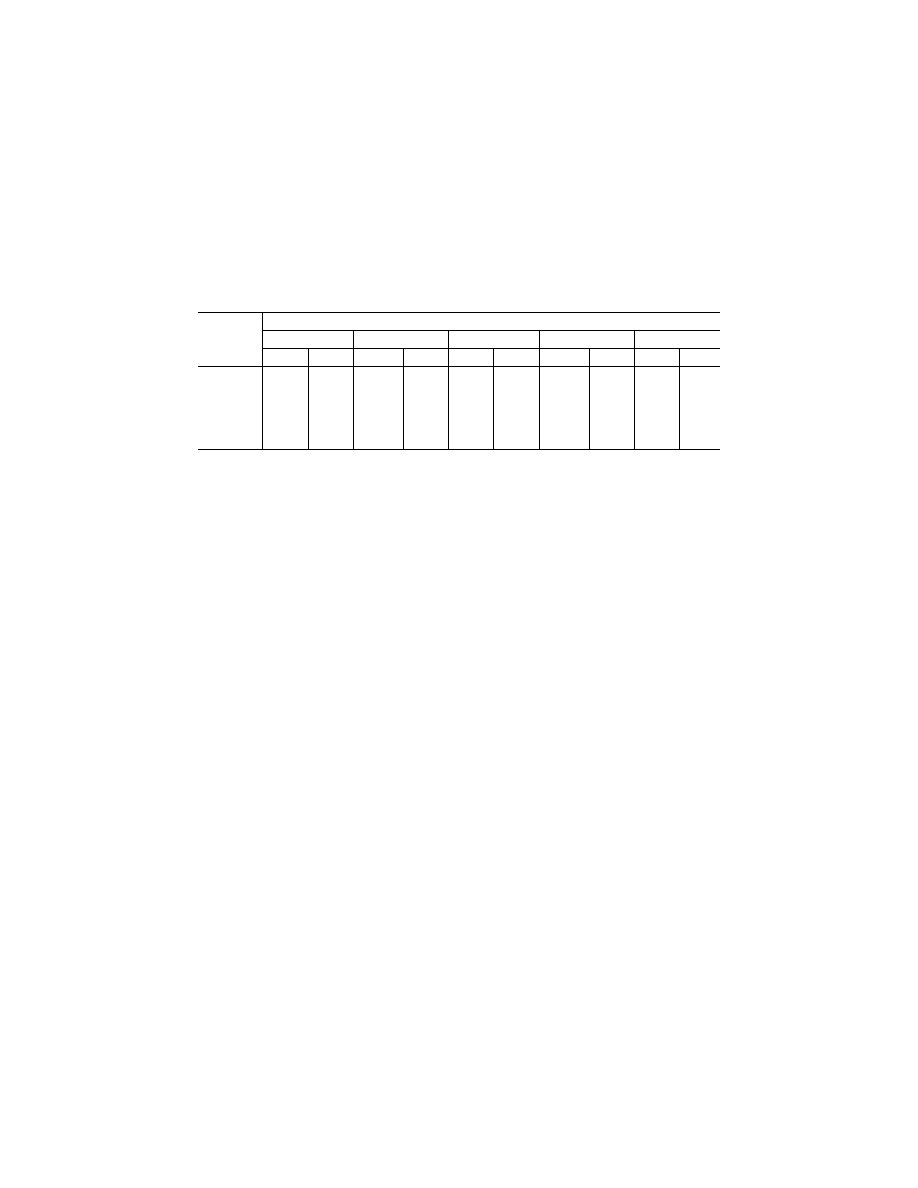
873
Pipeline and Haz. Matls. Safety Admin., DOT
§ 175.706
(1) Vented Type B(M) packages, pack-
ages which require external cooling by
an ancillary cooling system or pack-
ages subject to operational controls
during transport; or
(2) Liquid pyrophoric Class 7 (radio-
active) materials.
(d) Packages with radiation levels at
the package surface or a transport
index in excess of the limits specified
in § 173.441(a) of this subchapter may
not be transported by aircraft except
under special arrangements approved
by the Associate Administrator.
§ 175.704
Plutonium shipments.
Shipments of plutonium which are
subject to 10 CFR 71.88(a)(4) must com-
ply with the following:
(a) Each package containing pluto-
nium must be secured and restrained to
prevent shifting under normal condi-
tions.
(b) A package of plutonium having a
gross mass less than 40 kg (88 pounds)
and both its height and diameter less
than 50 cm (19.7 inches)—
(1) May not be transported aboard an
aircraft carrying other cargo required
to bear a Division 1.1 label; and
(2) Must be stowed aboard the air-
craft on the main deck or the lower
cargo compartment in the aft-most lo-
cation that is possible for cargo of its
size and weight, and no other cargo
may be stowed aft of packages con-
taining plutonium.
(c) A package of plutonium exceeding
the size and weight limitations in para-
graph (b) of this section—
(1) May not be transported aboard an
aircraft carrying other cargo required
to bear any of the following labels:
Class 1 (all Divisions), Class 2 (all Divi-
sions), Class 3, Class 4 (all Divisions),
Class 5 (all Divisions), or Class 8; and
(2) Must be securely cradled and tied
down to the main deck of the aircraft
in a manner that restrains the package
against the following internal forces
acting separately relative to the deck
of the aircraft; Upward, 2g; Forward,
9g; Sideward, 1.5g; Downward, 4.5g.
§ 175.705
Radioactive contamination.
(a) A carrier shall take care to avoid
possible inhalation, ingestion, or con-
tact by any person with Class 7 (radio-
active) materials that may have been
released from their packagings.
(b) When contamination is present or
suspected, the package containing a
Class 7 material, any loose Class 7 ma-
terial, associated packaging material,
and any other materials that have been
contaminated must be segregated as
far as practicable from personnel con-
tact until radiological advice or assist-
ance is obtained from the U.S. Depart-
ment of Energy or appropriate State or
local radiological authorities.
(c) An aircraft in which Class 7 (ra-
dioactive) material has been released
must be taken out of service and may
not be returned to service or routinely
occupied until the aircraft is checked
for radioactive substances and it is de-
termined that any radioactive sub-
stances present do not meet the defini-
tion of radioactive material, as defined
in § 173.403 of this subchapter, and it is
determined in accordance with § 173.443
of this subchapter that the dose rate at
every accessible surface must not ex-
ceed 0.005 mSv per hour (0.5 mrem per
hour) and there is no significant re-
movable surface contamination.
(d) Each aircraft used routinely for
transporting Class 7 materials shall be
periodically checked for radioactive
contamination, and an aircraft must be
taken out of service if contamination
exceeds the level specified in paragraph
(c). The frequency of these checks shall
be related to the likelihood of contami-
nation and the extent to which Class 7
materials are transported.
(e) In addition to the reporting re-
quirements of (§§ 171.15 and 171.16 of
this subchapter and § 175.31 of this part,
an aircraft operator shall notify the of-
feror at the earliest practicable mo-
ment following any incident in which
there has been breakage, spillage, or
suspected radioactive contamination
involving Class 7 (radioactive) mate-
rials shipments.
[71 FR 14604, Mar. 22, 2006, as amended at 79
FR 40618, July 11, 2014; 80 FR 1164, Jan. 8,
2015]
§ 175.706
Separation distances for un-
developed film from packages con-
taining Class 7 (radioactive) mate-
rials.
No person may carry in an aircraft
any package of Class 7 (radioactive)
